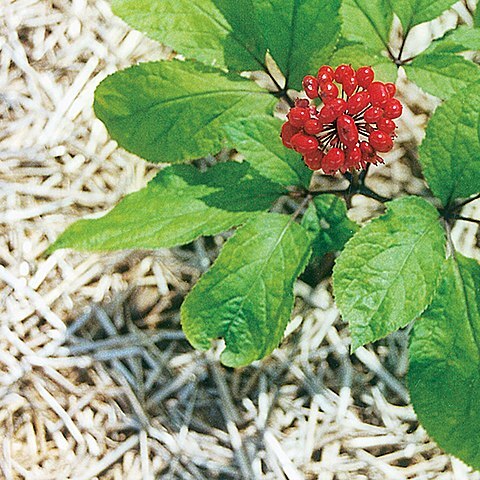| Therapeutic use
|
Immunomodulation (leaf), Anesthetics, local (root), Anti-inflammatory agents (root), Colonic neoplasms (root), Hepatitis b (root), Liver cirrhosis (root), Liver diseases (root), Stress, physiological (root), Anemia (unspecified), Anodyne (unspecified), Aphrodisiac (unspecified), Asthma (unspecified), Cachexia (unspecified), Cancer(Breast) (unspecified), Cancer(Stomach) (unspecified), Cardiotonic (unspecified), Death (unspecified), Debility (unspecified), Diabetes (unspecified), Divination (unspecified), Dyspepsia (unspecified), Emetic (unspecified), Evil eye (unspecified), Expectorant (unspecified), Fear (unspecified), Fever (unspecified), Heart (unspecified), Hemorrhage (unspecified), Hyperglycemia (unspecified), Intestine (unspecified), Longevity (unspecified), Malaria (unspecified), Medicine (unspecified), Nausea (unspecified), Neurasthenia (unspecified), Palpitation (unspecified), Polyuria (unspecified), Respiratory (unspecified), Restorative (unspecified), Shortwindedness (unspecified), Sialogogue (unspecified), Sore (unspecified), Spleen (unspecified), Stimulant (unspecified), Stomachic (unspecified), Sweating (unspecified), Swelling (unspecified), Thirst (unspecified), Tonic (unspecified), Tranquilizer (unspecified), Forgetfulness (unspecified), Apertif (unspecified), Cough (unspecified), Impotency (unspecified), Magic (unspecified), Menorrhagia (unspecified), Rectocele (unspecified), Weakness (unspecified), Spermatorrhea (unspecified), Hypnotics and sedatives (unspecified)
|

